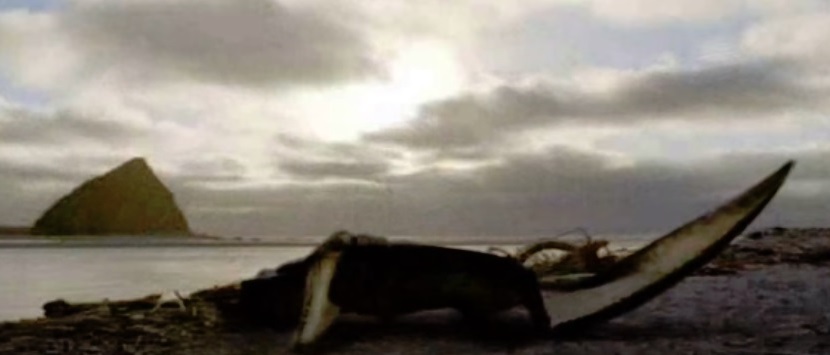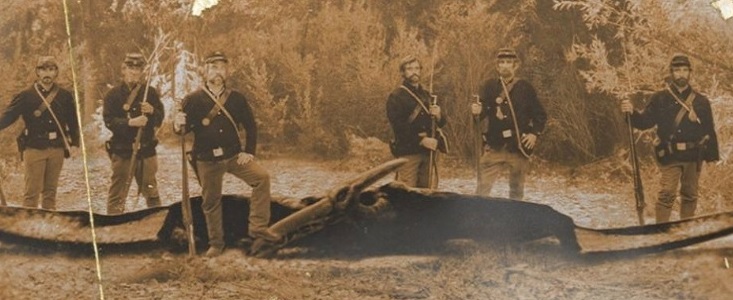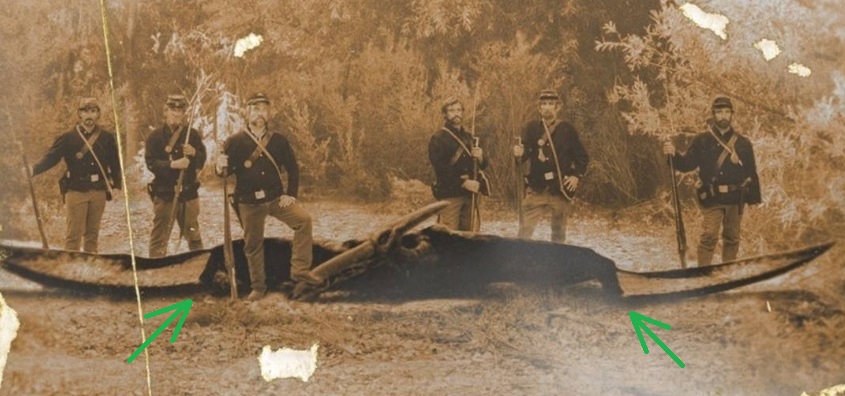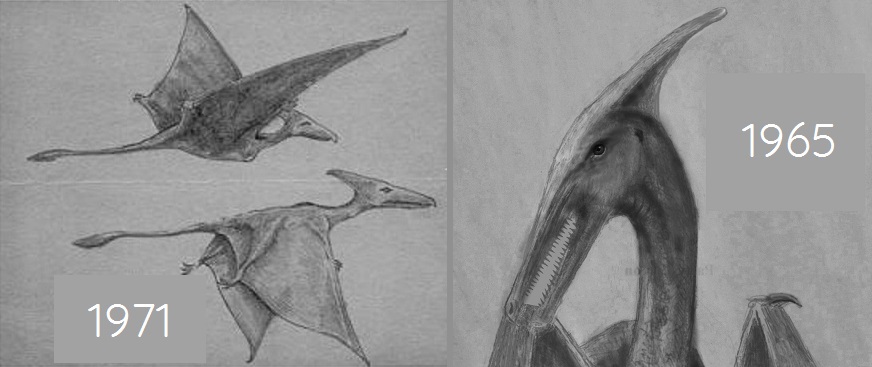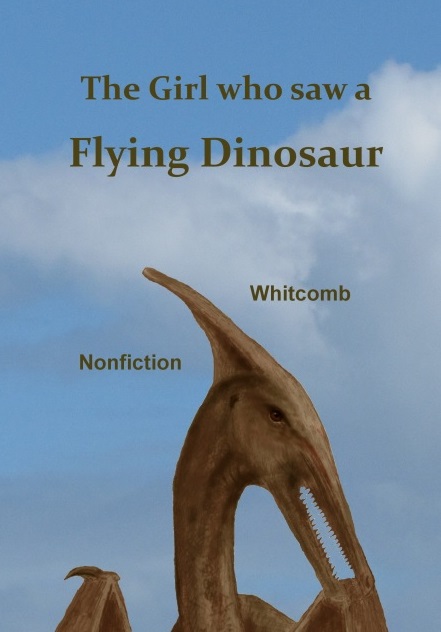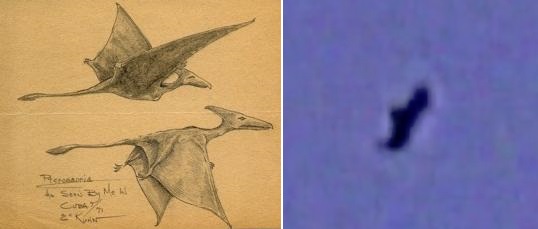By the modern-pterosaur cryptozoologist Jonathan Whitcomb
The following is not a complete list of blogs for this narrow branch of cryptozoology, but it probably includes most of the more important ones in the English language. Many of the posts are about ropens.
The main list gives totals for posts and pages; these are approximate, but probably close. The example-posts are not listed in their entirely but are some of them, as of September 24, 2018, mostly the more recent ones. These are generally only a tiny fraction of all the post titles included in these blogs.
The second list names blogs that are more general in their subjects yet which have a significant number of posts related to living pterosaurs. The third list is brief: other blogs about modern pterosaurs but without totals for their number of posts; other than that, they are similar to the blogs on the first list.
The main list (the first one) does not include the blog you’re now on, which has about 334 posts on the featherless flying creatures, for you’ve already found this one. After adding those posts to the totals on the first list (“Important Blogs About Modern Pterosaurs”), we get 1238 posts on non-extinct pterosaurs, and that’s not counting posts on the other two lists.
Purposes of These Lists
Say you want to learn about a serious investigation of reports of apparent non-extinct pterosaurs in the state of North Carolina. You might eventually discover that a Google search gives a first page that includes two newspaper stories from North Carolina, neither of which involved any deep investigation and one of which was very dismissive. Chose one or more of the blogs listed below, however, and you’ll probably find deeper analysis. Just go to a blog and type in a search box “North Carolina” and go from there.
You can also look at the post titles below each of the following blogs. You may find something interesting that you never would have thought of doing a Google search on. Who would have thought that research had been done, albeit not too deeply researched perhaps, on people who see apparent living pterosaurs while driving?
1) Important Blogs About Modern Pterosaurs
Modern Pterosaur — 156
- Sightings in North Carolina
- Essential Nonfiction Books
- Discovery . . . 19th century
- New Cryptozoology Book . . .
Pterosaur Eyewitness — 154
- Critics of Living Pterosaurs Investigations
- “Pterodactyl” in Arkansas
- Living Pterosaurs Reported in Ontario, Canada
The Bible and Modern Pterosaurs — 142
- Searching for the Ropen of Umboi Island
- Head Crest and a Rhamphorhynchoid Tail
- Strange Flying Creatures and Bulverism
Live Pterosaur — 99
- Dragons and Flying Snakes
- Is Jonathan Whitcomb a Paleontologist?
- Ropen Dismissed by Smithsonian
Live Pterosaurs in America — 91
- Living-Pterosaur Sightings While Driving
- Another Living Pterosaur in North Carolina
- Skeptical Responses to Civil War Pteranodon Photo
- Dr. Prothero [and bulverism]
Cryptid Eyewitness — 87
- Pterosaur Sighting by Scott Norman
- Civil War Soldiers With a Pteranodon
- Are Modern Pterosaurs Paranormal?
Dinosaurs and Pterosaurs Alive — 79
- Living Pterosaurs in the USA
- “Dragon” or “Big Bird” in Sandy and Draper, Utah
- Real Pterodactyl in a Civil War Photo
Pterosaur Eyewitness Group Support – PEGS — 32
- American Civil War “Pterodactyl” Photo & Skepticism [long post]
- The Ropen and Frigatebirds [also known as frigate birds]
- Live Ropens and Dinosaurs With Humans
Flying Creature — 31
- Gigantic Featherless Flying Creature
- Books on Living Pterosaurs
- Credibility of a Pterodactyl Sighting
Dinosaur Birds – for Media — 16
- Press Releases on Living Pterosaurs
- Confirmation bias with the old Civil War Photograph
- North American Dinosaurs Dated With Carbon-14
Pterosaur Fossils — 14
Although the title may suggest this relates entirely to paleontology, the posts are actually mostly about the possibility of modern species of pterosaurs. Some references, however, do relate to fossils of these flying creatures.
- Soldier saw a Living Pterosaur in World War II
- Young Dinosaur Fossils Carbon-14 Dated
- Paleontologist Attacks Pterosaur Publications
Ropen — 3
- The Civil War Pterosaur Photo in Context
- Ropen Reported to Snopes
.
2) Blogs That Have Some Posts on Extant Pterosaurs
Clear Thinking — about 17
- The Marcy-Beach Pterosaur Expedition of 2015
- . . . . Frigatebird Misidentification
- Kuban “Living Pterosaurs” — A Reply
- Bulverism
Cerritos Families — about 14
- Recent Dragons . . .
- Dinosaur birds in South Carolina [subject, not title]
- Civil War Pterodactyl Photo
- Evidence of . . . Ropens
Lakewood Learning — about 10
This blog has posts on a number of subjects, mostly about child care or chess or strange featherless flying creatures, an interesting combination.
- Missing Children and Large Unidentified Flying Creatures (LUFC)
- Religion and Belief in Modern Pterosaurs
- Sightings of four flying creatures near Griffith Park, Los Angeles
Long Beach Child Care — about 3
Rather than list the three posts on non-extinct pterosaurs, here is given the URL for a post about why a baby looks up with the medical condition called Paroxysmal Tonic Upgaze (be aware that some persons may spell the last word “up-gaze”).
Alternative Theories of Geology — 3
- Apparent Pteranodon in a Civil War Photo
- How do Modern Pterosaurs Relate to Geology?
- How Does Cryptozoology Relate to Geology?
KSN News Service — News from around the world
(There’s an unknown total number of posts on this subject, or at least close to this subject, but here are a few)
- Living Pterosaurs in the USA?
- Was a Pterodactyl Shot During the American Civil War?
- Scientific Dating and Young Dinosaurs
- Professors Versus Modern Flying Dinosaurs
Infogivmo — Uncommon bits of information
- News: Living Pterosaurs on New Britain Island
- . . . . in Washington state
- Civil-War Soldiers and a Monster-Pterodactyl
In a Nutshell — Science news, brief and simple
- Genuine Photograph of an Extant Pterosaur
- “Living Pterosaurs of Hollywood”
- . . . . Sightings in Georgia, U.S.A.
Knowable News — . . . from far and near
- Bioluminescent Pterosaur and Humboldt Squid
- Hollywood Pterodactyls, for Real?
- Do Jumping Fish Look Like Flying Pterosaurs?
3) Other Blogs on Non-Extinct Pterosaurs
Modern Pterosaurs — Investigations of Sightings . . .
- Living Pterosaurs and Skepticism
- A Flying Creature Called Ropen
- Griffith Park Pterosaur Sightings
Live Pterosaurs — An active cryptozoologist, interviewing eyewitnesses . . .
- Long Tails of Rhamphorhynchoid . . .
- . . . Ropens in Griffith Park
- More on Manta Ray Misidentification
- Santa Fe Springs, California, Sightings
- Reptilian Flying Creature Near Long Beach
- Can Satire Backfire?
The following is a brief quoting from that last post:
On that blog post by Richard Connelly, I replied with two comments, neither of which referred to bulverism or satire. My comments mostly emphasized the error of assuming there are no strange lights around Marfa. (Connelly had assumed car headlights account for all reports of strange lights there).
.
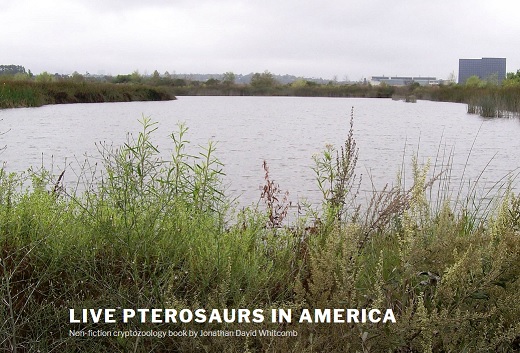
Part of a screen shot of the blog Live Pterosaurs in America
###
.
